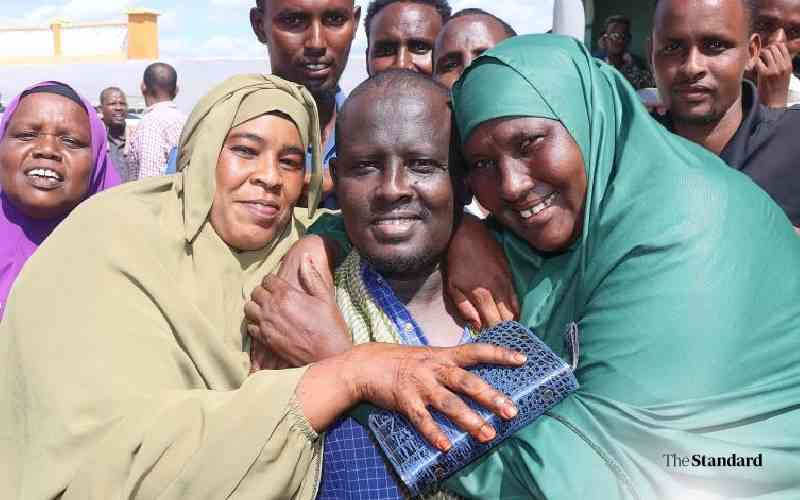As a private medical practitioner, the moment you advertise your health facility as a centre offering comprehensive abortion care, eyebrows will be raised regarding your religious affiliation.
This is because of the community stigma associated with performing abortion.
Unsafe abortion remains the leading cause of maternal mortality and morbidity. A 2015 study revealed that more 300,000 abortions occur in Kenya annually.
About 488 maternal deaths per 100,000 live births were as a result of unsafe abortion. But must these women die? Several factors are responsible for incidences of unsafe abortion.
One of the reasons is lack of awareness on the circumstances permitting abortion in Kenya. The 2010 Constitution permits abortion when the life or health of a woman is in danger or if a written law permits.
However, stigma associated with unintended pregnancy, poverty and denial of responsibility results in many young girls and women seeking unsafe abortion.
Abortion remains a highly stigmatised issue right from the community to the health sector. Many health workers due to their religious beliefs have always shied away from offering comprehensive abortion to patients.
Becoming pregnant when one is in school derives a lot of stigma from peers and even community. Such pregnancy is associated with sexual immorality.
Pregnancy-related stigma often results in secret termination of pregnancy or even suicide attempts. Due to poverty, child bearing by teenagers dependent on their parents is seen as additional burden to the family and, therefore, abortion is considered the first option.
Sexual activity among adolescents starts as early as age nine and, therefore, possibility of pregnancy. If this occurs, adolescents find it difficult to start child bearing at a tender age. Denial by family members in addition to peer pressure make young girls resort to terminating pregnancy.
Besides, many women are still not aware of the legality of abortion in Kenya. Many still consider abortion a crime. Service delivery also depends with the geographical phenomenon.
In rural areas, health facilities are under equipped in terms of drugs and medical personnel. Distance to the facilities and transport costs also affect where one may seek comprehensive abortion care.
Lack of adequate youth friendly services is another factor. Few youth friendly centres offer pregnancy care and contraceptive counseling. Another factor is lack of comprehensive sexuality education in schools.
Information offered to learners in terms of preventing pregnancy may not be the information they (adolescents) want, that is to say, the information is not age appropriate.
In light of all these challenges, several strategies are necessary to address issues of unsafe abortion. The community must be educated on the Constitution provision relating to legality of abortion.
Stay informed. Subscribe to our newsletter
We must offer appropriate information to adolescent learners to build their capacity to practice healthy decision-making. Health workers must be trained on value clarification and attitude transformation.
This will enable health workers respond to pregnancy related emergencies and not base their practice on religious affiliations.
Health has been devolved. County health facilities must be provided with resources to respond to emergencies.
We must equip and increase the number of youth-friendly centres to respond to the needs of young people. Finally, we must sensitise the community on the dangers of stigmatising teenage mothers.
 The Standard Group Plc is a
multi-media organization with investments in media platforms spanning newspaper
print operations, television, radio broadcasting, digital and online services. The
Standard Group is recognized as a leading multi-media house in Kenya with a key
influence in matters of national and international interest.
The Standard Group Plc is a
multi-media organization with investments in media platforms spanning newspaper
print operations, television, radio broadcasting, digital and online services. The
Standard Group is recognized as a leading multi-media house in Kenya with a key
influence in matters of national and international interest.
 The Standard Group Plc is a
multi-media organization with investments in media platforms spanning newspaper
print operations, television, radio broadcasting, digital and online services. The
Standard Group is recognized as a leading multi-media house in Kenya with a key
influence in matters of national and international interest.
The Standard Group Plc is a
multi-media organization with investments in media platforms spanning newspaper
print operations, television, radio broadcasting, digital and online services. The
Standard Group is recognized as a leading multi-media house in Kenya with a key
influence in matters of national and international interest.





